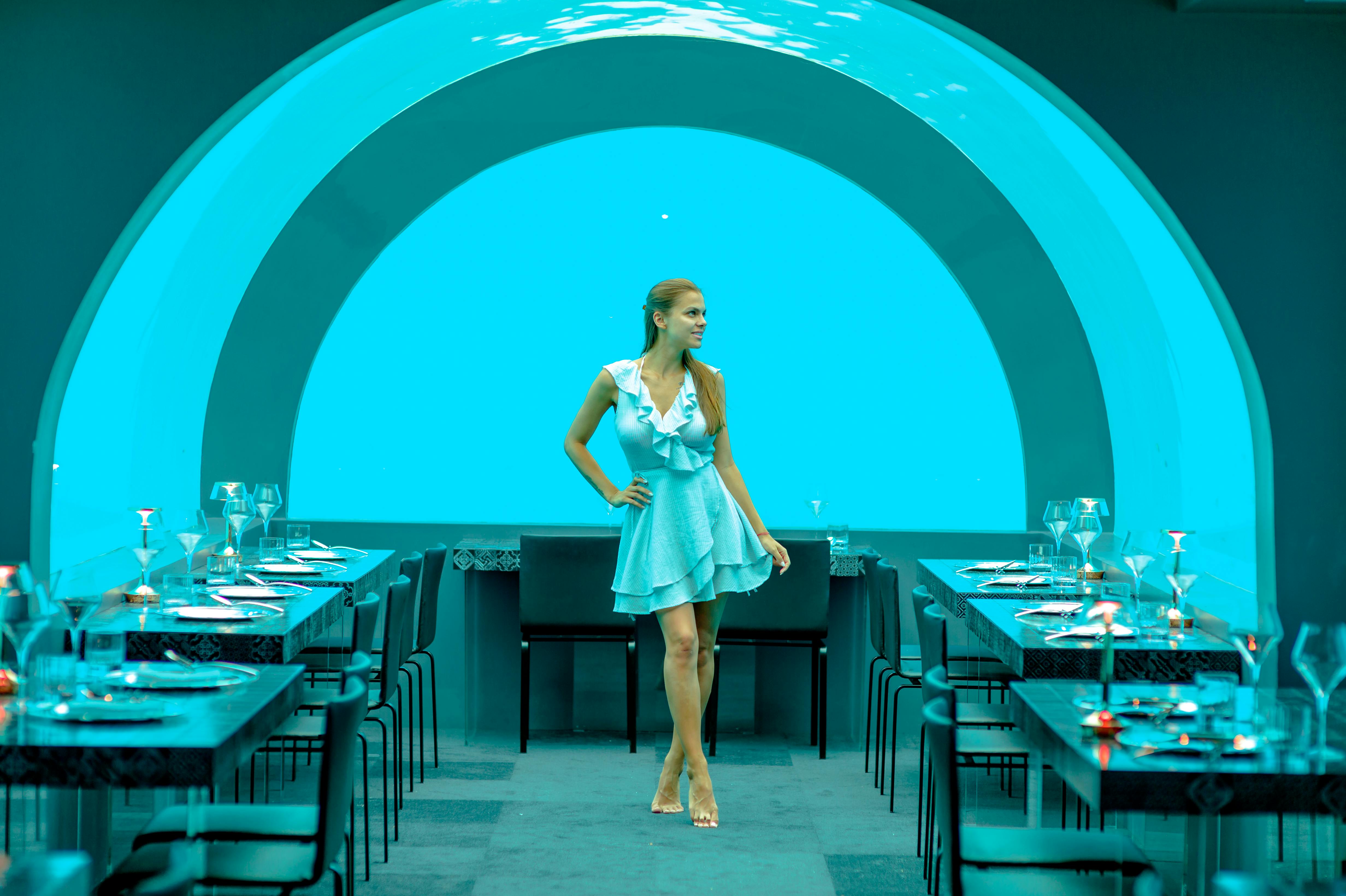
Essential Guide to Electric Blue Cichlid Care in 2025
The electric blue cichlid, native to the African lakes, is not just popular for its stunning coloration, but also for its engaging behaviors in a home aquarium. This article aims to provide a comprehensive overview of effective ways to care for these captivating aquarium fish, ensuring their vibrant electric blue color and robust health. We will explore critical elements such as tank setup, water parameters, and feeding habits that cater to the needs of the electric blue cichlid.
Keeping electric blue cichlids can be rewarding, particularly when the right environment and care practices are employed. They can coexist peacefully with compatible tank mates and show fascinating social behaviors. This article will equip both novice and experienced aquarists with essential tips to thrive with this African cichlid species.
Throughout this guide, we will cover important aspects such as optimal water conditions, dietary needs, and breeding behaviors, along with aquarium maintenance strategies to keep your electric blue cichlid and its environment thriving. By the end of this piece, readers will have gained insights into creating a vibrant and healthy ecosystem for their electric blue cichlids.
Key takeaways include understanding their habitat requirements, the importance of proper feeding schedules, and managing cichlid aggression effectively, all of which contribute to successful cichlid care.
Creating an Ideal Fish Tank Setup for Electric Blue Cichlids
Building on the importance of a suitable environment, the first step in caring for electric blue cichlids is creating an ideal fish tank setup. These freshwater fish thrive in spacious aquariums that mimic their native habitat in Africa, where they can explore and exhibit their natural behaviors.
Choosing the Right Aquarium Size and Shape
For electric blue cichlids, an aquarium size of at least 40 gallons is recommended, ensuring enough space to swim and establish territories. Larger tanks can accommodate additional tank mates and help to dilute territorial disputes. The shape of the tank is also significant; longer tanks are preferable, allowing for ample swimming space and hiding spots.
Essential Tank Decorations and Layout
Electric blue cichlids appreciate aquascaping ideas that include rocky formations and caves, where they can seek refuge and spawn. Incorporating smooth, rounded stones, driftwood, and plants that can tolerate certain water conditions will enhance the aesthetic and functionality of the aquarium. Additionally, the right decorations can help reduce aggression among tank inhabitants by providing hiding spots and visual barriers.
Water Parameters for Cichlid Health
Understanding critical water parameters is essential for keeping electric blue cichlids healthy. The optimal temperature range for them is between 76°F and 82°F, with a pH level of 7.8 to 8.6. Regular water quality testing will help identify any fluctuations in ammonia, nitrite, and nitrate levels, allowing for timely interventions to maintain fish health.
Optimal Water Filtration and Aeration
A robust filtration system is crucial in maintaining water quality and ensuring clean, oxygen-rich environments for electric blue cichlids. External canister filters are commonly favored for their efficiency. Additionally, using air stones or surface agitation can enhance aeration, supporting the overall wellbeing of these aquatic organisms.
Understanding Electric Blue Cichlid Behavior
With these fundamentals established regarding their habitat, it’s essential to explore the fascinating behaviors of electric blue cichlids. Their behavior not only reflects their health but also their emotional well-being within the aquarium.
Observing Fish Behavior and Social Interactions
Electric blue cichlids exhibit unique behavioral traits, often displaying varying aggression levels towards each other and tank mates. Understanding their social hierarchy can help prevent conflicts. It's important to monitor interactions, especially during breeding sessions when males can be notably territorial. Observing their body language provides insights into cichlid behavior types, helping aquarists ensure a harmonious community tank.
Feeding Habits and Diet Requirements
Feeding electric blue cichlids a balanced diet promoting vibrant coloration and health is vital. Incorporating varied diets, including high-quality pellets, flakes, and occasional live foods such as brine shrimp and bloodworms, helps mimic their natural feeding behaviors. Setting a structured feeding schedule will not only keep them engaged but also minimize aggression during feeding time.
Recognizing Signs of Fish Health
Paying attention to fish health is crucial. Signs of stress or illness can manifest in behaviors such as decreased activity, irregular swimming patterns, or abnormal coloration. Regular health checks can help identify problems early, allowing for prompt treatment of any fish diseases that may arise.
Introducing New Cichlids to the Tank
When introducing new electric blue cichlids or other tank mates, it's essential to acclimate them properly. Following strategies like maintaining appropriate water conditions and gradually introducing fish can prevent aggressive behavior. Understanding their interactions during this period is vital for successful coexistence in a fish community.
Nurturing Breeding Behaviors in Electric Blue Cichlids
This naturally leads us to the intriguing topic of cichlid breeding behaviors. Breeding electric blue cichlids can be a rewarding yet demanding venture, requiring careful preparation and an understanding of their reproductive habits.
Setting Up a Breeding Tank
For successful cichlid spawning, a breeding tank is often necessary. Choosing a 20-gallon tank equipped with proper filtration, a sandy substrate, and flat rocks for egg laying can encourage breeding behavior. Monitoring the duo's interactions provides insight into their readiness for spawning.
Understanding Cichlid Genetics and Fry Care
Understanding cichlid genetics can enhance breeding outcomes, enabling aquarists to produce desired traits such as electric blue coloration. Once eggs are laid, care for cichlid fry is crucial, requiring specialized diets and protection from potential tank mates that may pose threats.
Managing Cichlid Aggression During Breeding
During breeding, the aggression levels in male electric blue cichlids can escalate. Follow suitable cichlid aggression management techniques that include providing ample hiding spaces or relocating any aggressive individuals to separate tanks. This management ensures a less stressful environment for both parents and fry.
Breeding Success Indicators
Success indicators during the cichlid breeding season include paired behavior from prospective parents and the appearance of eggs laid in secure areas. Regularly monitoring and maintaining water quality is vital in this phase for the health of both the fry and adult cichlids.
Maintaining a Healthy Environment for Electric Blue Cichlids
With a clear understanding of care practices, maintaining optimal conditions for your electric blue cichlids ensures long-term happiness and health. Regular maintenance routines play a significant role in sustaining a thriving aquarium ecosystem.
Routine Water Changes and Quality Control
Implementing a schedule for water changes, typically every 1-2 weeks, can drastically improve overall water quality, thus promoting healthier fish. Keeping track of your water parameters and making necessary adjustments helps maintain pH and nitrate levels within the optimal range.
Recognizing and Managing Common Fish Diseases
Awareness of common fish diseases and their symptoms is critical for prompt management. Conditions such as ich or fin rot can affect electric blue cichlids if not promptly treated. Monitoring fish behavior and coloration helps you catch health issues early on, allowing for appropriate treatments.
Aquarium Equipment and Maintenance Essentials
Investing in quality aquarium equipment contributes to an easier maintenance routine. Regularly cleaning filters, checking heater functionality, and maintaining the overall aesthetic of the aquarium enhances both the environment for the cichlids and the enjoyment for the aquarist.
Choosing Compatible Fish for Community Tanks
When selecting tank mates, consider species that are known to be peaceful cichlids. Researching fish compatibility ahead of time reduces stress and potential aggression in the community tank, leading to better overall fish health.
Q&A: Common Questions About Electric Blue Cichlids
What is the ideal tank size for electric blue cichlids?
Electric blue cichlids require a minimum tank size of 40 gallons to thrive, providing adequate space for swimming and establishing territories.
What should I feed my electric blue cichlids?
A balanced diet for electric blue cichlids includes high-quality pellets, flakes, and occasional live foods like brine shrimp or bloodworms.
Are electric blue cichlids aggressive towards other fish?
They can exhibit aggression, particularly males during breeding. Properly managing tank mates and providing hiding spots can mitigate aggression.
How can I identify the male and female electric blue cichlids?
Males are typically larger with brighter electric blue colors, while females are smaller with a more subdued coloration.
What water parameters do electric blue cichlids require?
They thrive in water with a pH between 7.8 to 8.6 and a temperature range of 76°F to 82°F, requiring regular monitoring and maintenance.

